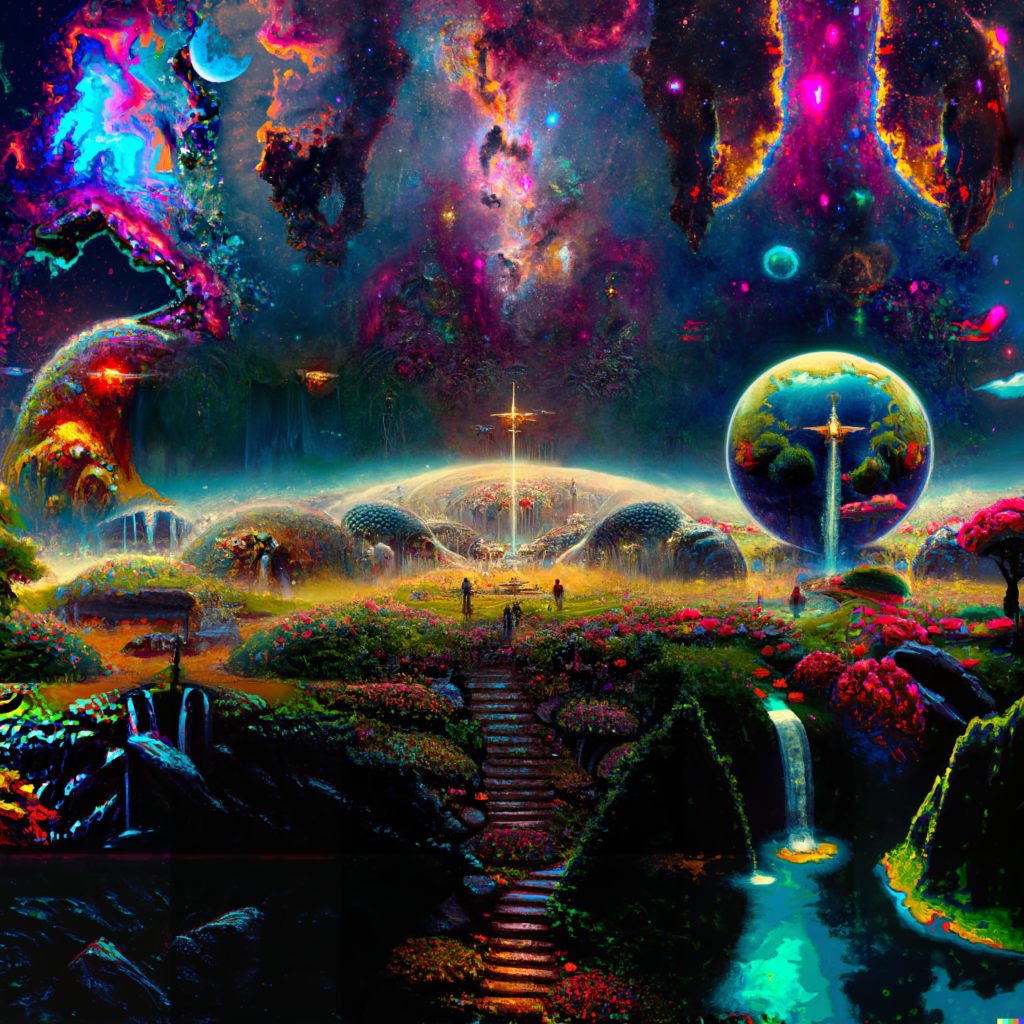Then it struck me. The way we think of creation, design, making things. Maybe it isn’t right.
There are many great talks about creativity, I particularly like this one by Elizabeth Gilbert where she talks about creativity like this elusive thing outside yourself you’re always searching for. We tend to think of creation as coming from inside us, the ideas belong to us. After all they came from our mind, we manifest them into the world don’t we?
In my experience designing, I often found as I got better I would remove myself from the equation more and more. Searching for an objective good or something that spoke back to me the way I’d hoped. It was often a process of searching, of digging for inspiration outside of myself and then trying to replicate it. Learning from that process and combining it with other things I found. It was a tedious process of making countless worthless artifacts and failures. Then taking a step back, with a new perspective, along with all I had learned, making something new.
But was it new? Did it come from me? Or was I just a vehicle for combining all these inputs I’d received to generate an output.
These are the things I’ve been thinking about a lot as I play with these new Machine Learning based text to image tools, like midjourney and Dall-e 2. They take text input and generate an image based on the prompt. And are often surprisingly good.

These bring up a lot of questions about creation and ownership. If I type in a phrase and it generates an image, did I do that? If someone else uses the same prompt or gets the same image, did they do that? Who should own it?
There’s certainly value in being the creator and owner of something in this society we’ve built. But if we’re honest with ourselves, when we make something, we’re just taking our experience, the things we know and have learned and applying them. These things we utilize come from the world around us, just as we do. Even the sparks, the innovation, you could argue don’t happen in a vacuum in our mind, but in the context of our being in the world.
If we take a step back, in fact many steps back, we’re all just made of the same stuff. Stardust organized in such a way that we manifest other things made of stardust.
…Sorry, that got kind of deep.
My point is we’re just absorbing the things around us and firing off electrons in our brains to output stuff we want. These tools seem to automate the same process. Taking inputs they’ve been trained on and throwing many things at the wall to see what sticks. At a massive scale. They still require a driver, or someone to tell them if they’re hot or cold. My hope is that these can assist in a sort of creative revolution. If done right they could empower people to create what’s in their minds eye more easily. I don’t see it as a risk to designers, but a tool, reducing friction and increasing speed. Designers throughout history have had to adapt to innovations in technology. The invention of the camera didn’t stop people from painting. But it did change how people think about the purpose of art.
The most exciting art seems to be uncovering a new truth or perspective about the world that hasn’t yet been communicated. As I think more about it though, perhaps we were never true creators at all, but just trailblazers uncovering what was always possible.
